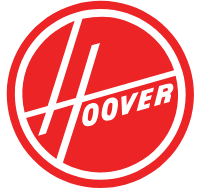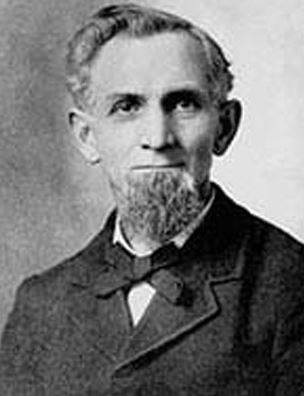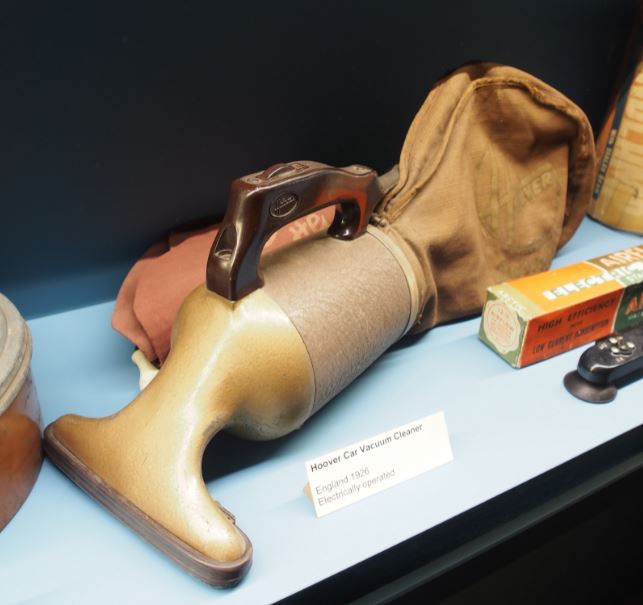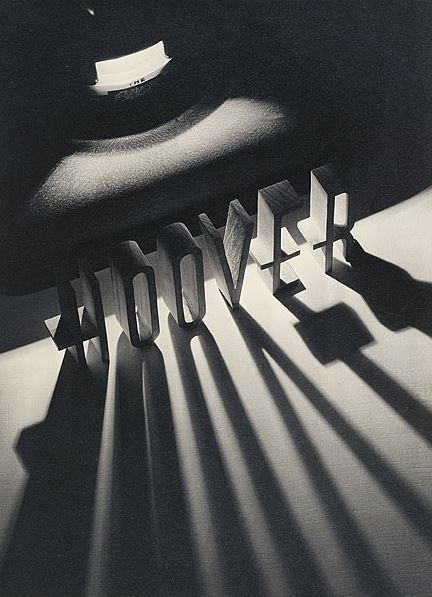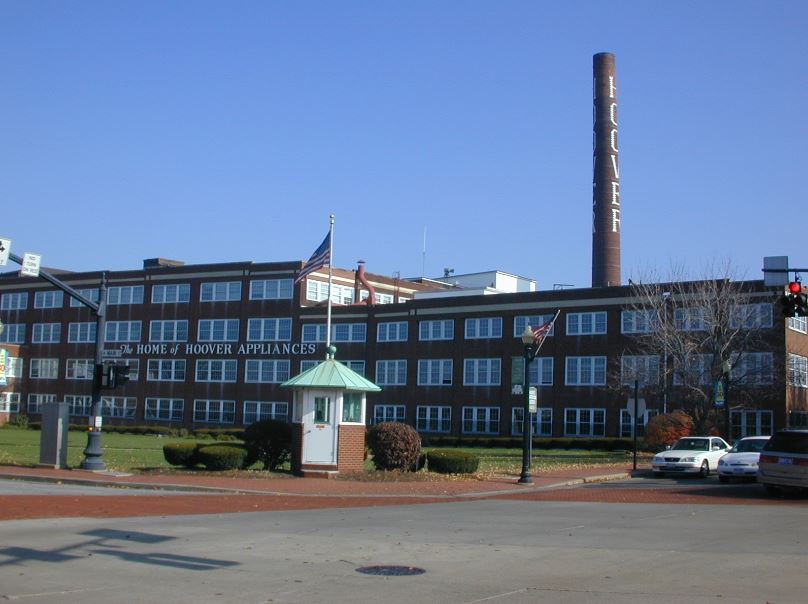For over 100 years, Hoover has provided the market with powerful, straightforward products that help families maintain the cleanliness of their homes. Today, they remain as one of the trusted brands in America and other parts of the world. It’s little wonder, as they’ve been the oldest and most renowned producer of vacuum cleaners, the appliance that catapulted them into popularity and has been synonymous with their name.
Here, let’s take a look at the origins of Hoover Vacuums and how their story is an integral part of the history of vacuum cleaners itself. Read on below about their humble beginnings and how they became one of the globe’s household icons.
An Ingenious Thought
Hoover Vacuums’ history starts in 1907 with James Murray Spangler. Spangler was an occasional inventor, working at night as a janitor in a department store in Canton, Ohio. Unfortunately, he had asthma, and the dust from the carpet sweeper aggravated his ailment, causing him to cough a lot. What’s worse is that no other alternative devices were available. Standard vacuum cleaners during that time were huge, heavy, and pulled by horses, making them unfit for indoor use.
With his ingenuity, Spangler took an old fan more, a sateen pillowcase, a broom handle, and a tin soapbox to devise his own version of a vacuum cleaner. The result is a strange-looking, quite unwieldy contraption that managed to collect dust from the air he breathed. His condition improved as he finally had a device that wouldn’t peril his health.
Spangler wasn’t a newbie to inventing, having previously patented two types of hay rake in 1893 and a grain harvester in 1897. After some improvements, Spangler’s apparatus became the first vacuum cleaner to utilize cleaning accessories and a cloth filter bag. In 1908, he received a new patent, this time for his so-called “suction sweeper.”
It wasn’t long enough for Spangler to realize the massive sales potential of the device. He assembled himself, with his son and daughter helping him. However, production was dragging, with only two to three units completed within a week.
Spangler started searching for financial backing but had difficulty doing so, continually placing the production at a virtual standstill. All things changed after Spangler gave one of the machines to his cousin, Susan Troxel Hoover, who was impressed by the suction sweeper after using it in their home.
The Hoover Acquisition
Susan was married to William Hoover, a businessman who was running a leather goods manufacturing shop. Susan told Hoover and her son about her impressions of Spangler’s suction sweeper. At that time, Hoover was experiencing some financial woes. His company sold harnesses, saddles, and other leather items for hoses, but the shadow of the automobile industry was fast-encroaching and was starting to replace horses.
Hoover knew they had to look around new enterprises and saw the potential and opportunities in the electric cleaners that can incredibly help homeowners in their tasks. As such, Hoover asked for a demonstration in 1908. Dazzled by the suction sweeper himself, Hoover bought the patent and his business from Spangler the same year, keeping the inventor as a partner and calling the company “Electric Suction Sweeper Co.” which was later renamed The Hoover Suction Sweeper Co. in 1910.
The company began with a six-employee working force, assigned at a corner of Hoover’s leather factory. The small plant was initially geared to produce an average of six vacuum cleaners a day. The biggest problem was, no one wanted to buy them in particular.
The Rise of the Hoover Suction Sweeper
Hoover was never discouraged. To pump the suction sweeper, he placed a small national advertisement on ‘Saturday Evening Post,’ offering a free ten-day trial of the machine to homeowners who wrote and asked for it.
Strategically, he didn’t send the suction sweeper directly to the homes of the potential customers. Instead, he partnered with reputable stores in every city that would stock the product and where the customers could get it and buy it from. Dealers took commissions from resulting sales and were given the opportunity to become official Hoover vacuum dealers.
The marketing campaign became exceptionally effective, giving the company a national dealer network of 5,000 dealers from coast to coast. In addition, Hoover also signed up separate door-to-door salespeople to show the machine to random housewives in their homes and let them see how well the machine worked.
Sales skyrocketed for what once was a device that no one wanted to purchase. Eventually, every American home had a Hoover vacuum.
Yet, the machine was set to stay domestic. A Hoover plant was opened in Canada in 1911, an office was established in England in 1919, and the company was already selling the product across the globe in 1921.
Developments
What’s great is that Hoover didn’t stagnate. As the company gained more popularity and acceptance, he started engineering and development programs to devise new and improved cleaning methods and create even better machines. A breakthrough innovation was the introduction of the beater bar in 1926, which also used one of history’s most noteworthy advertising slogans: “’It beats as it sweeps as it cleans.”
The beater worked by agitating the targeted surface, which then loosen dust, dirt, and debris. The bristle brush then sweeps the particulates into the bag with the help of strong suction. The beater bar had undergone more tweaks through the years and is still used in many Hoover vacuum cleaners.
Numerous firsts were instigated by the Hoover engineers to provide the consumers with the best and most convenient features possible. Among these innovations include the vacuum cleaner headlight, disposable paper bag, and the side-mounted hose and self-propelled features.
Transitions
Hoover Company aided in the American war effort during WW2, producing items, such as bomb fuses and helmet liners. They were rewarded for their significant contributions, earning numerous awards from the government. After the war, the company reverted to manufacturing vacuum cleaners. After being owned by the Hoover family, the company became a publicly-traded stock in 1943, allowing it to expand.
In 1985, Hoover Company was bought by Chicago Pacific Corporation but was subsequently acquired by Maytag Corporation in 1989. Today, the company is under TTI Floor Care North America, with its headquarters situated in Charlotte, NC.
Hoover Vaccum’s Today
While it has lost its dominant status in the market with the arrival of many brands, it’s undeniable that the legacy left by Hoover is insurmountable. Since 1908, they’ve been trusted by consumers for their reliable, innovative vacuum cleaners, helping homes with cleaning needs now for over a century.

